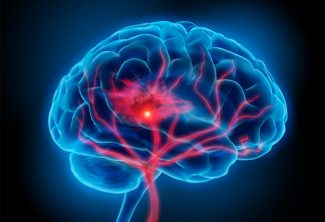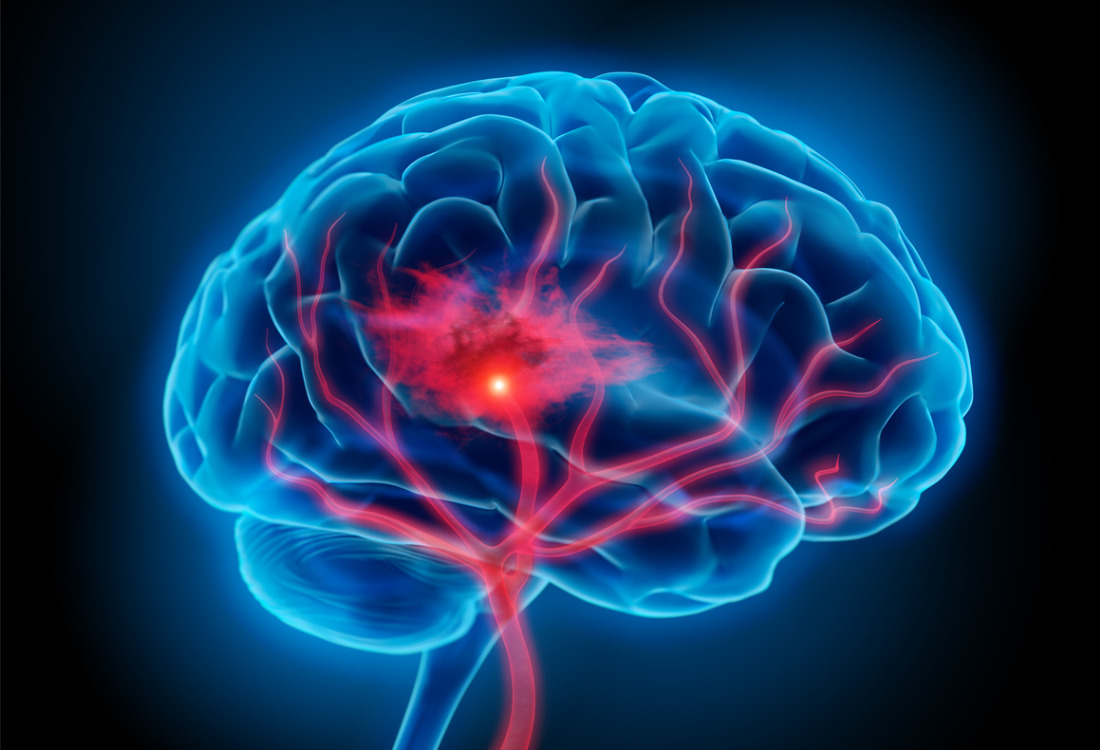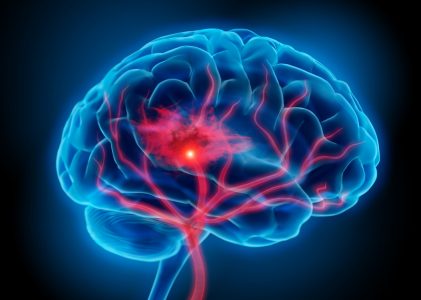 May is National Stroke Awareness Month and is the perfect time to talk about the symptoms of stroke, stroke prevention strategies, and how stroke affects women.
May is National Stroke Awareness Month and is the perfect time to talk about the symptoms of stroke, stroke prevention strategies, and how stroke affects women.
A stroke occurs when blood circulation to the brain is impeded or when a blood vessel in the brain ruptures. Blood brings oxygen to the body’s cells and when brain cells are denied blood, they die. There are different types of stroke, although stroke remains the 2nd leading cause of death worldwide, killing about 5.5 million people every year and leaving about half of all surviving stroke victims disabled.
Women and Stroke
Some startling facts about stroke and women:
- Stroke happens to one in five women as opposed to one in six men.
- Women have unique stroke risk factors such as gestational diabetes and hormonal birth control while smoking.
- Two times as many women will die of stroke than breast cancer, making stroke the fourth leading cause of death for women.
- Slightly more than 2 in 5 women have high blood pressure, a significant stroke risk.
- Women live longer than men, and stroke risk increases with age.
- Risk factors for stroke are more prevalent in black women, such as high blood pressure, obesity, high cholesterol, and diabetes making black women more prone to die from stroke than other ethnicities
Learn more about stroke and women from the American Stroke Association.
Minimize Risk Factors
Women of all ages and ethnic groups should take the same steps to minimize stroke risk. Keep these risks under control by keeping your physician in the loop. The following steps can help decrease a woman’s risk for heart disease and a heart attack.
Aspirin – Aspirin may reduce stroke risk, however, you should consult with your physician before starting an aspirin regime to know if aspirin is right for you.
Blood pressure – Blood pressure should be monitored and controlled through a healthy lifestyle and taking medicine as prescribed.
Cholesterol: You should know your cholesterol levels and try to keep your Low density lipoprotein, or LDL (the bad cholesterol) within an acceptable range. Many people can have high cholesterol and not even know it. You can help to lower your cholesterol by making Therapeutic Lifestyle Changes such as eating right, exercising, and taking medicine as directed.
Smoking: According to the CDC, smoking is a major cause of cardiovascular disease, causing one of every four deaths from heart disease and even secondhand smoke increases a person’s risk for stroke. It’s never too late to quit, begin your journey now to live a smoke-free life with these Tips on How to Quit Smoking.
Eat healthily: Choose healthy foods, including foods with low sodium, high fiber, and whole grains. Read the labels, stay away from foods high in saturated fats, trans fats, and limit alcohol intake.
Get regular physical activity: Staying active assists in maintaining a beneficial weight and helps keep blood and heart vessels healthy.
Know the Warning Signs of Stroke
The acronym F.A.S.T. is what the stroke community uses to encapsulate the general warning signs of stroke as well as what to do. FAST stands for Facial drooping, Arm weakness, Speech difficulties, and Time to call 911.
Other signs of stroke:
- Vision problems
- Dizziness
- Confusion
- Severe headaches
Women may have few distinctive symptoms:
- Nausea
- Chest pain
- Rapid heartbeat
- Feeling weak all over
- Hiccups
- Shortness of breath
Always remember stroke is a serious emergency requiring instant attention. A couple of hours can spell the difference between recovery or death. If you believe a friend, loved one, or yourself is having a stroke immediately call 911, tell them precisely what is going on, and do not hesitate to use the word stroke. Speed is of the essence because a tPA (tissue plasminogen activator), a drug that breaks up blood clots and reestablishes blood movement to the brain, can only be administered within hours after a stroke. Learn more about tPA and how it works to help stroke victims.
Rehabilitation Can help Victims of Stroke
Advanced rehabilitation techniques are starting to help stroke victims more than ever. For recovering survivors of stroke, exercise and its efficacy can mean either dependence or independence. You can beat stroke with prompt treatment and rehabilitation. Intense rehabilitation is critical to achieving small and big victories in recovery. Stroke recovery can be emotional at times, physically, and mentally overwhelming, but rehabilitation helps regain strength as well as independence and courage.
Greater Waterbury Imaging Center cares about your health and wellness and asks you to help raise awareness of stroke. With early detection and advanced rehabilitation, stroke victims can recover and live active lives. Remember to contact GWIC for all your MR imaging needs.


